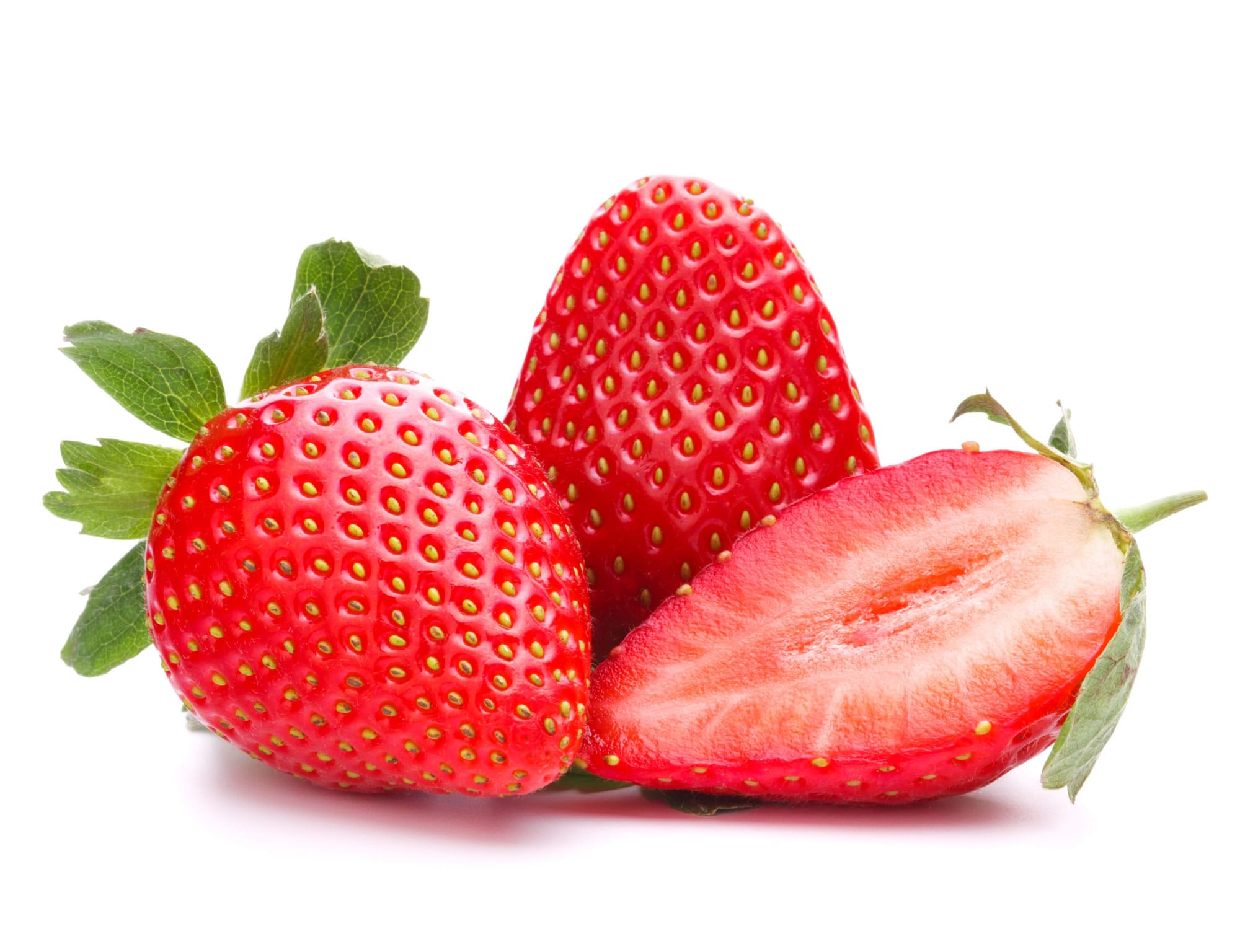The first strawberries of the season have arrived, heralding the arrival of spring with their delicious, juicy sweetness. The strawberry season in the Pacific Northwest is traditionally June through July, depending upon the variety and area grown. Although classified as a berry, the strawberry is not actually a berry, it is a member of the rose family. It isn’t really a fruit, as the seeds are on the outside. Each strawberry has about 200 seeds.
Strawberries are native to many parts of the world and have been enjoyed since Roman times. The garden berries that we know today were created in Brittany, France, in the 1750s by crossing wild berries from North America and Chile to create a large, juicy sweet hybrid that was much larger than European native berries and quickly became the strawberry of choice. Today, there are virtually hundreds of varieties of strawberries throughout the world. The United States is the largest grower of strawberries.
Strawberries are packed full of antioxidants and are an excellent source of vitamin C, vitamin K and fiber. One cup of sliced or eight large whole strawberries are only 46 calories and fat free!
Strawberries are at the peak of their flavor the day they’re picked. Do not wash them until you are ready to eat them; washing them too soon will make them spoil quickly. Instead refrigerate unwashed berries until you are ready to eat them. They will keep a few days in the refrigerator before losing their flavor and shriveling.



